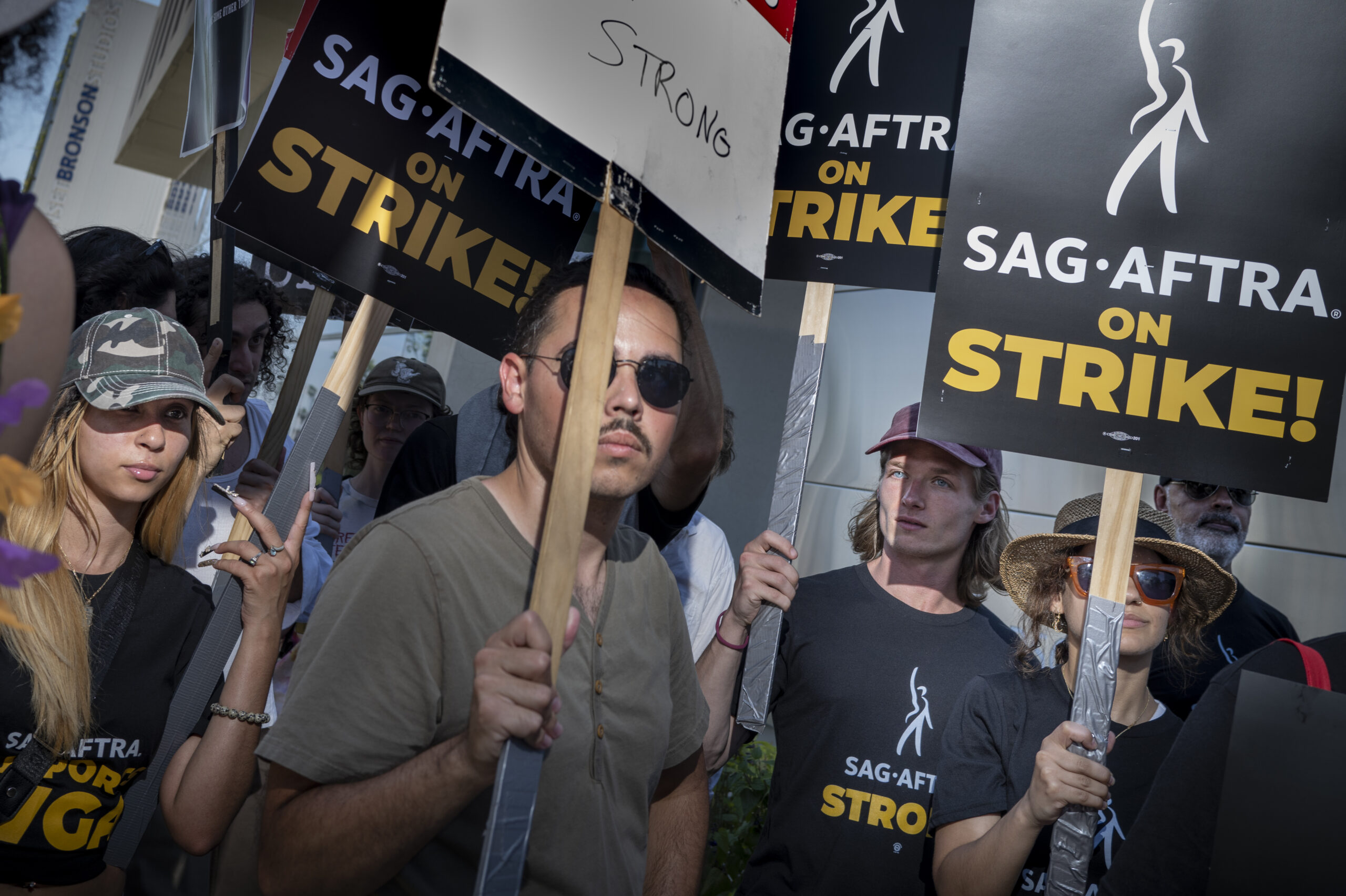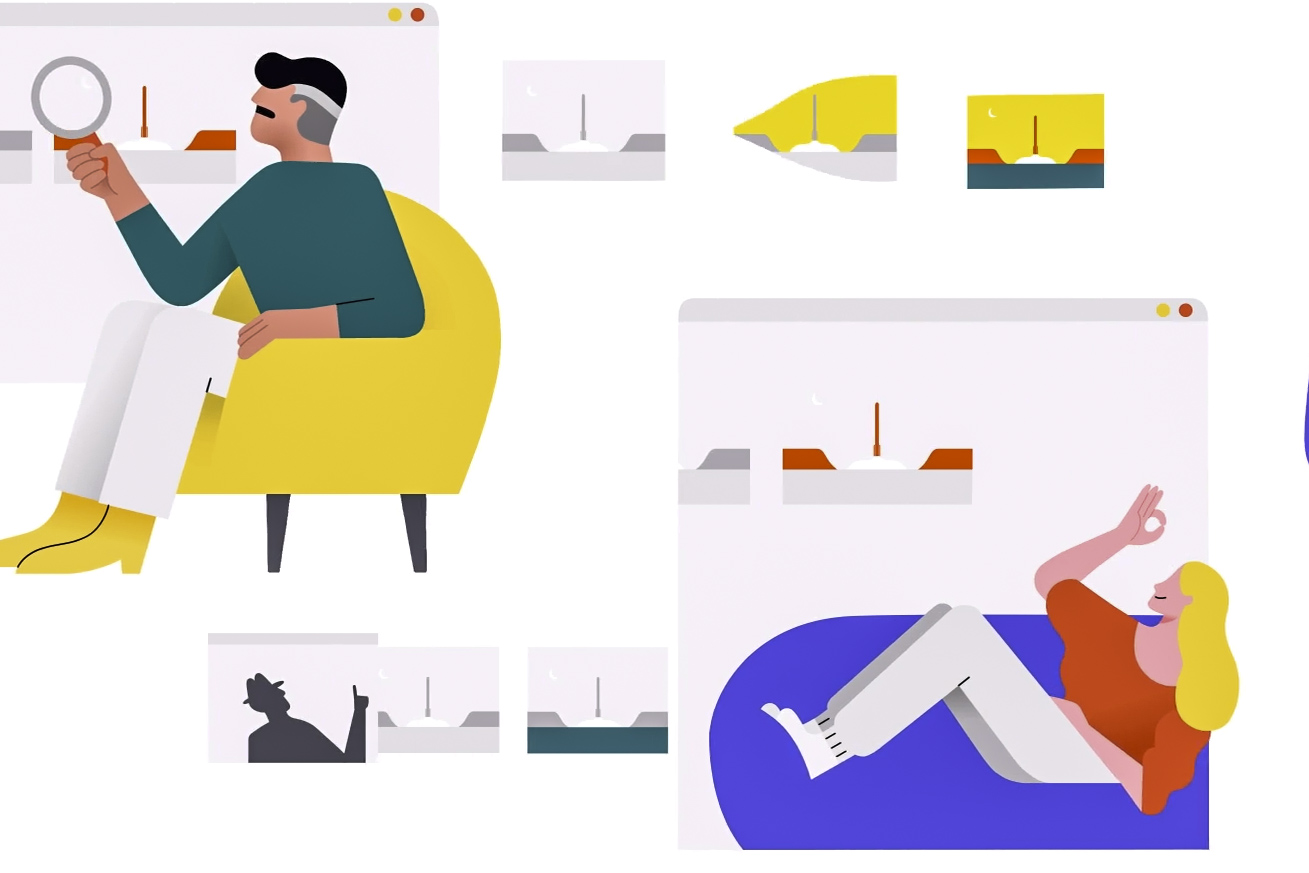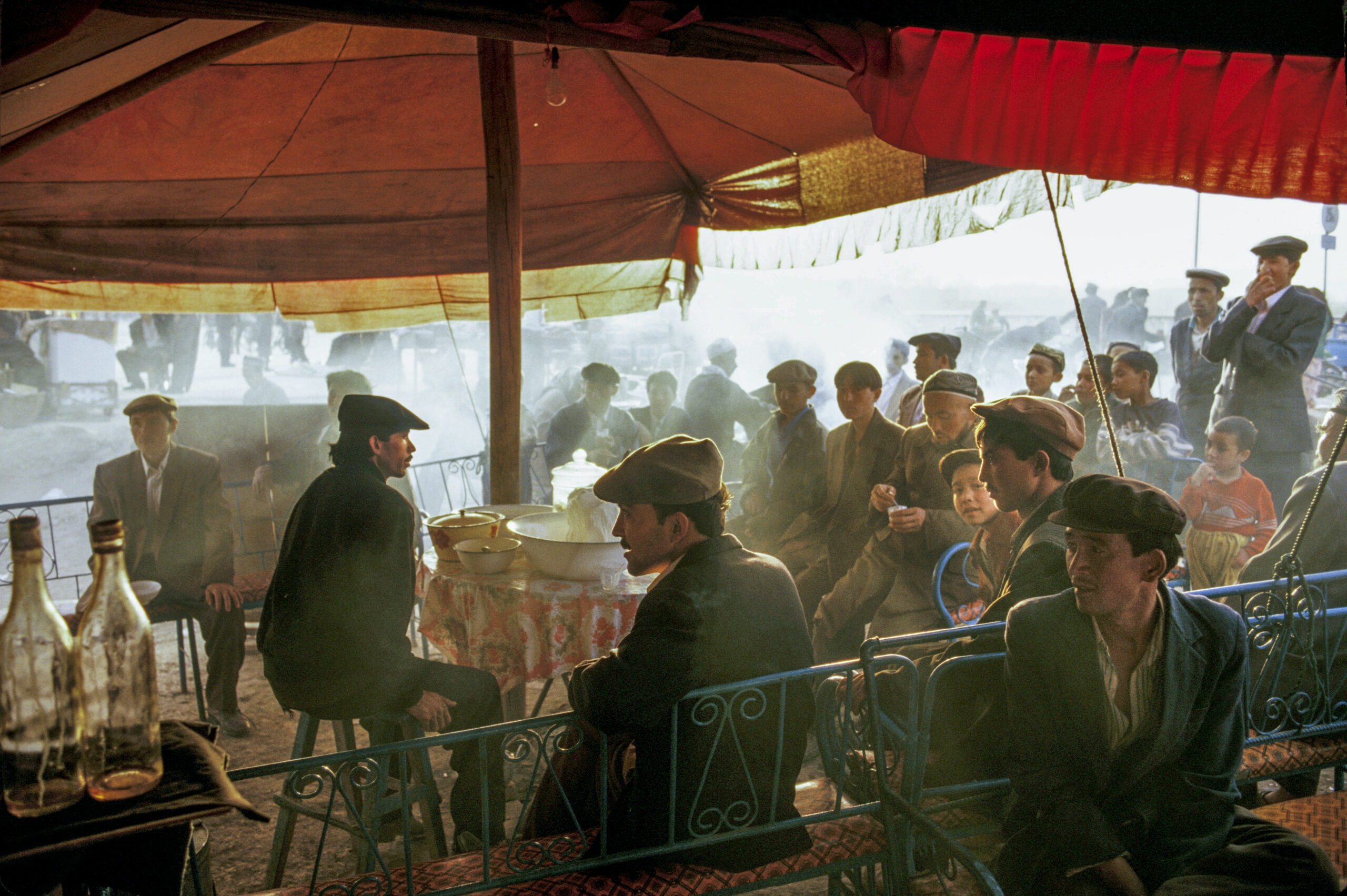AI and the Hollywood Strike

By David Butow –
I’m sure you’ve heard of the major strike in Hollywood. Two of the largest entertainment industry unions, the the joint Screen Actor’s Guild – American Federation of Television and Radio Artists (SAG-AFTRA) and the Writer’s Guild of America (WGA) are on strike. In solidarity, the other Hollywood unions have joined them, and all major television, movie and streaming service production has been shut down for the last few weeks. The impact is significant and tangible here in Los Angeles and will soon be noticed by the viewing public everywhere as the fresh content they’d expect won’t materialize for many months. The reasons for the strike are complex but a couple of main ones bear close resemblance to recent dynamics in the photo industry.
One is the changing landscape of the business as streaming services take a bigger share of distribution away from network television and traditional movies in theaters. The other big reason is impending encroachments of Artificial Intelligence into the artists’ space. Again, a situation faced by all professional photographers.
QUICK PRIMER ON PHOTOGRAPHERS’ RIGHTS, ROYALTIES and RESIDUALS
Print used to generate more advertising revenue, and that had a trickle down effect for photographers. Typically, photographers were paid a day rate(s) by a magazine to do an assignment which meant the publication was paying to use or license those pictures for a certain period of time (which varied by publication). The photographer kept the copyright. If the magazine used several pictures from one short assignment the photographer would usually be paid an additional “space rate.” In addition, if the magazine wanted to use the picture(s) again for a different article weeks or months later, the photographer would be paid again.
These days most articles are online and they stay up essentially indefinitely, so that initial licensing fee might include space rates from print, but perpetual use in digital form. In the case of a magazine assignment, the photographer will keep the copyright and will be able to get resales down the road from other businesses and publications, although the amount made from a single sale is usually less than they would have made in the print days.
In some cases photographers are doing assignments where they do not keep the copyright on some or all of their take. This is more standard in advertising and some corporate photography but is an unfortunate deal for photographers working in the editorial space, because the up-font day rates are likely to be lower and the photographer has lost the potential to make money on future resales. This is known as “work for hire.”
By contrast, in Hollywood everything is essentially “work for hire.” The writers and actors are commissioned by the studios to work on a particular movie or show. What makes the system from being completely exploitative for these artists is that they receive “residuals”, equivalent to photographers’ “royalties” when the movies or shows are distributed in ways beyond their original commission as in syndication or video versions.
Now with streaming services being the dominant medium, the studios that produce these shows claim a sort of one-and-done model. A show is produced, and it stays up on Netflix, for example, indefinitely. There’s no secondary distribution that previously would have generated royalties for the artists. That’s problem number one.
ROBOTS
Problem number two is weirder and harder to completely game out at this stage. First, AI writing programs might begin to take the place of some human writers. This is already happening in some industries, and how effective these machines will be at writing scripts is hard to say, of course, but with the technology becoming sophisticated so quickly, it’s not hard to imagine screen writing jobs being under threat very soon.
The threat to actors is already emerging. A theoretical example goes like this: picture a television series that has three or four main characters in a recurring scene with some people in the background (a classroom, for example). Currently, the background actors have to be present in the scene during filming of every episode that contains wide shots of the classroom. They are getting paid every time they show up to the set so a network show that has 15-20 episodes filmed over months means a lot of work for those actors.
Some of the studios are now proposing to film those actors for one day – essentially scanning their faces and bodies – and then use AI to vary their images and insert them into scenes for the whole season. It’s not hard to imagine that soon they won’t even bother, for background shots anyway, to use real people at all. There are of course creative reasons for using AI to add sophistication to the CGI we’ve been seeing for years, but most of the changes on the horizon are simply about making production cheaper for the studios.
There are also some exponentially weirder applications like ordinary viewers scanning and inserting themselves into existing movies or custom-generated ones. I’m sure that will happen eventually but for now, the SAG-AFTRA and WGA members are fighting immediate, existential threats, as well as trying establish precedents going forward. Actor Justine Bateman has been very active on her Twitter/X feed and provides a lot of information and context.
Although there are no equivalent unions for photographers, there are organizations that keep track of this stuff and fight for rights, like the National Press Photographers Association, The American Society of Media Photographers and Adobe’s Content Authority Initiative.
Entertainment industry workers on the picket lines outside of studios in Hollywood, California July 2023
©DavidButow



